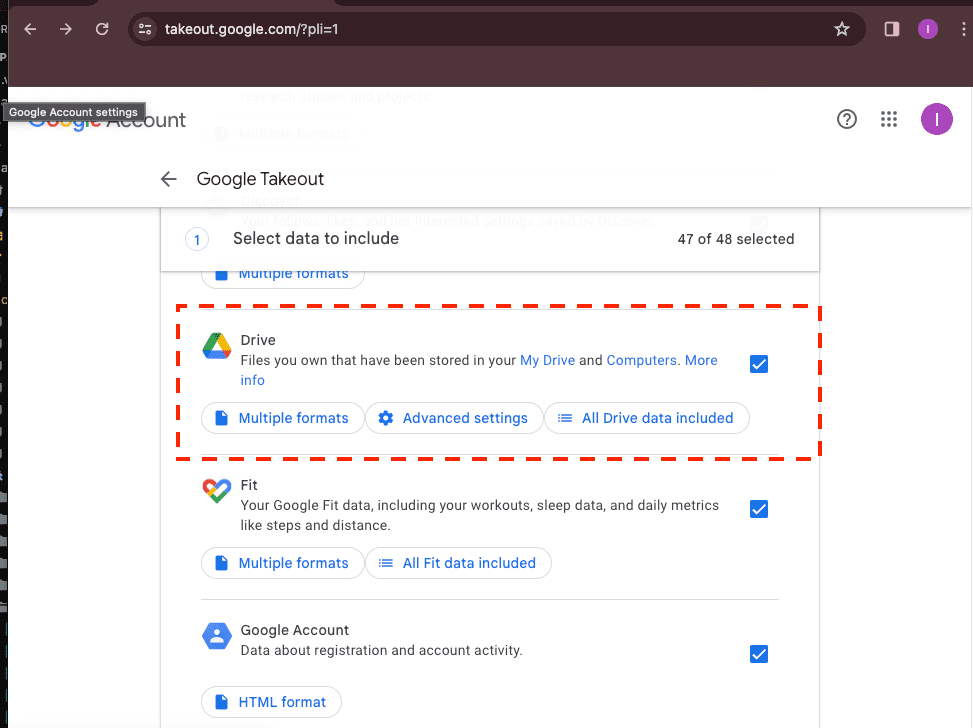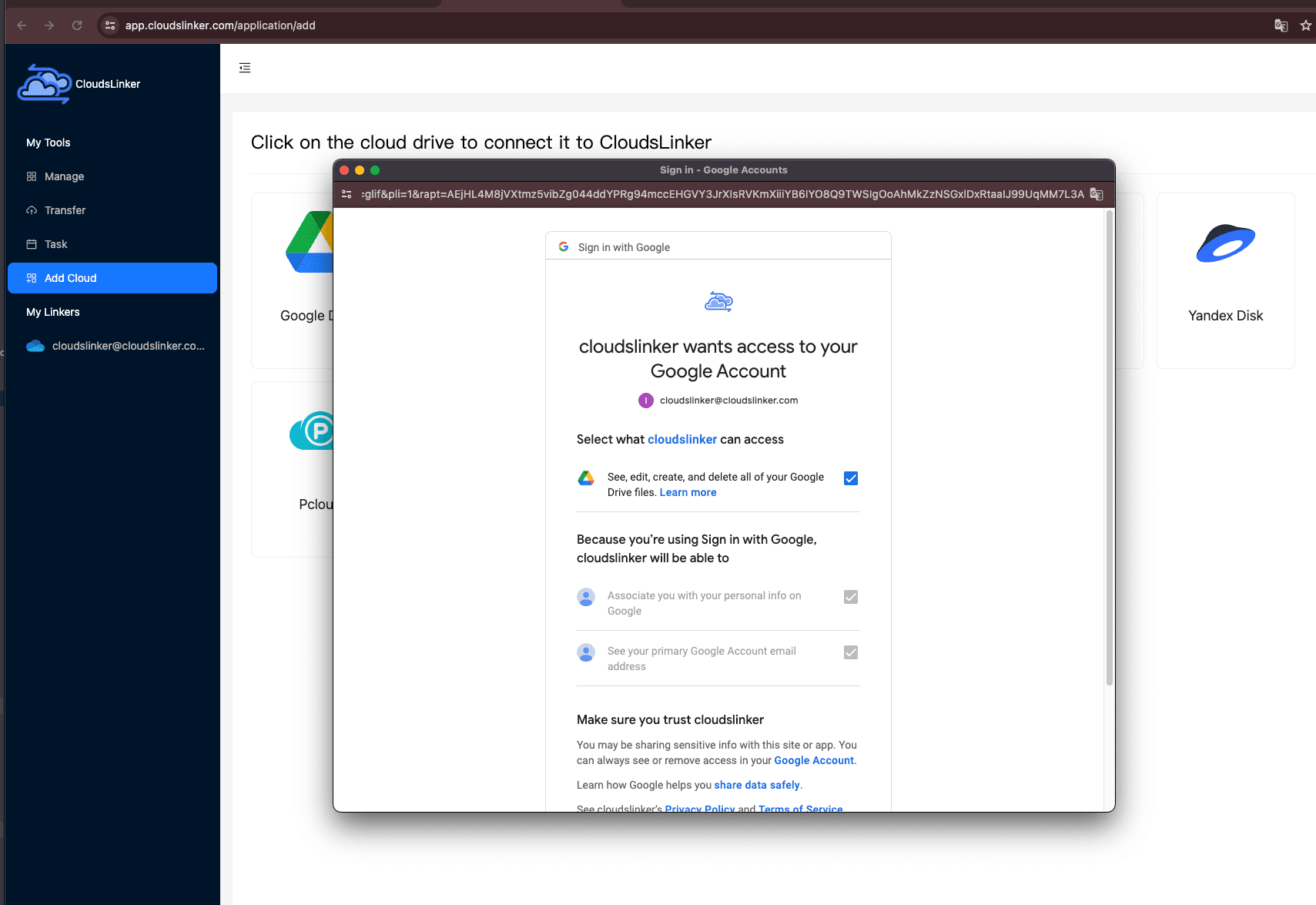Efficient File Transfer from Google Drive to IceDrive
Learn how to securely and efficiently migrate your files from Google Drive to IceDrive, taking advantage of IceDrive’s privacy-focused design, encryption, and intuitive file management features.
Introduction
In today’s data-driven world, being able to move files effortlessly between cloud platforms—such as from Google Drive to IceDrive—has become essential for users seeking better privacy, control, and flexibility. This guide walks you through each stage of transferring your content from Google Drive to IceDrive, with a focus on maintaining data integrity and optimizing your workflow. The process goes beyond a simple file move—it’s a strategic shift toward more secure, transparent, and streamlined cloud storage.
Quick Navigation
Understanding IceDrive
IceDrive offers modern cloud storage with a strong focus on privacy and ease of use. It features zero-knowledge encryption in certain plans and a virtual-drive experience that makes cloud storage feel like a physical drive on your computer.
Moving from IceDrive to Google Drive means you keep the solid foundation of your existing files while stepping into an ecosystem built for broader productivity, tighter sharing, and deeper integration with other tools.
Primary Attributes of IceDrive
- Robust Encryption: Offers client-side encryption (zero-knowledge) in higher-tier plans, meaning your data is encrypted before it leaves your device.
- Simplified File Navigation: Its interface and the ‘mount drive’ feature allow users to access their cloud storage like another hard disk, which simplifies workflow.
- Rapid Data Access: In tests, IceDrive showed very competitive upload/download speeds, positioning itself among the faster cloud services in its class. }
- Versatile File Support: Supports a wide range of file types and platforms (Windows, macOS, Linux, Android, iOS) and offers a free 10 GB tier for many users.
Benefits of Using IceDrive
IceDrive brings together ease-of-use, strong privacy features and solid performance, making it a good choice for users who prioritise secure storage with minimal fuss. However, as you’ll see, migrating those files to Google Drive can open further doors for collaboration and integration.
- Intuitive User Interface and Fast Transfers: With its virtual drive approach and straightforward tools, IceDrive is accessible to both technical and non-technical users.
- Broad File Compatibility: Handles many kinds of files and is available across platforms, making it a flexible option for storing varied content.
Exploring Google Drive
Google Drive stands as a leading cloud storage and collaboration platform, offering deep integration with the Google Docs Editors suite, extensive sharing tools, and robust infrastructure. :contentReference[oaicite:8]{index=8}
Beyond simply storing files, Google Drive gives you access from anywhere, syncs across devices, and benefits from recent innovations such as AI-driven features and enhanced ransomware protection. :contentReference[oaicite:9]{index=9}
Google Drive’s Key Features
- Comprehensive Encryption: Data is encrypted in transit and at rest; Google’s infrastructure supports advanced controls and monitoring to maintain security.
- Dynamic File Management: Google Drive offers powerful search, version history, real-time syncing and comprehensive sharing capabilities across devices.
- Collaborative Workspace: With real-time editing in Docs, Sheets and Slides, plus multi-user access and commenting, it’s designed for teamwork.
Advantages of Choosing Google Drive
- Enhanced Security Measures: Google Drive’s infrastructure includes features like audit logs, granular sharing controls and, as of 2025, AI-powered ransomware detection.
- Superior Organizational Capabilities: The search-first architecture, versioning and large ecosystem of connected apps make organising and retrieving data more effective.
- Accessibility Across Devices: Whether you’re on a mobile device, laptop or web browser, your files stay synchronized and accessible from anywhere. }
Why Move from Google Drive to IceDrive for Smarter Cloud Storage?
Migrating your files from Google Drive to IceDrive can meaningfully improve your cloud storage setup, particularly for users who value privacy, simplicity, and direct file access:
- Advanced Privacy and Zero-Knowledge Encryption: Unlike Google Drive, which manages encryption server-side, IceDrive offers true zero-knowledge encryption in its premium plans — meaning only you can decrypt your files. This is ideal for users handling sensitive documents.
- Lightweight and Direct File Access: IceDrive’s unique virtual-drive feature lets you access cloud files directly from your computer as if they were stored locally. This reduces syncing time and saves disk space compared to Google Drive’s constant background sync.
- Simplified User Experience: IceDrive features a clean, minimal interface without the clutter of multiple integrations, making it faster and more intuitive for users who just want straightforward cloud storage without unnecessary extras.
- Transparent Pricing and Lifetime Plans: IceDrive stands out with its one-time lifetime payment options and transparent pricing tiers, providing long-term savings compared to Google Drive’s recurring subscription model.
Switching from Google Drive to IceDrive isn’t just about relocating files — it’s about reclaiming privacy, optimizing system performance, and simplifying your digital workflow. IceDrive delivers a modern, secure, and efficient alternative for both personal and professional storage needs.
Preparing for Your File Migration to IceDrive
A well-organized approach ensures a smooth migration from Google Drive to IceDrive. Follow these key steps to prepare your data effectively:
- Verify Both Accounts: Ensure you’re logged into both your Google Drive and IceDrive accounts. Review your Google Drive content to confirm which files and folders you wish to migrate.
- Clean and Organize Your Google Drive Files: Before the transfer, declutter unnecessary files and create clear folder structures. This organization will make your IceDrive storage cleaner and easier to navigate post-migration.
- Check IceDrive Storage Availability: IceDrive offers various storage tiers, including lifetime plans. Make sure your selected plan has enough space for the files you’re moving from Google Drive to avoid transfer interruptions.
By preparing your accounts, tidying up your files, and ensuring adequate IceDrive capacity, you create the foundation for a seamless transfer process. These preparations not only keep your data secure during migration but also help you take full advantage of IceDrive’s privacy-focused and efficient design.
Steps to Transfer Your Files from Google Drive to IceDrive
Step 1: Export Data from Google Drive
Start by visiting the Google Drive website (https://drive.google.com) and signing in to your account. Review your files and decide which ones you want to transfer. For a small number of files, simply right-click each file or folder and choose “Download” to save it to your local device. If you want to migrate a large amount of data, use Google Takeout (https://takeout.google.com). This official export tool allows you to download all of your Google Drive files, or even your entire Google account data, as one organized archive file. It’s the most efficient way to back up or move everything at once.

Step 2: Prepare Your Downloaded Files
Once the download or Takeout export is complete, locate the saved files on your computer. If you used Google Takeout, the data will likely be in a ZIP or TGZ archive. Extract the contents into a separate folder and verify that all files are readable and properly organized. This ensures a smoother upload to IceDrive later, keeping your folder structure clear and consistent.
Step 3: Upload Files to IceDrive
Go to the IceDrive website (https://www.icedrive.net) and sign in to your account. If you don’t have one yet, you can quickly create a free account. After logging in, click the “Upload” button and choose either “File Upload” or “Folder Upload”. Locate the files or folders you extracted from Google Drive and start the upload process. IceDrive supports drag-and-drop uploads and maintains the original folder structure. For larger transfers, you can use the IceDrive desktop app, which provides faster and more reliable upload speeds.
Using Google Takeout to export your data and IceDrive’s desktop uploader ensures your migration is smooth, efficient, and secure. This process keeps your files organized and ready to access in IceDrive’s modern, privacy-focused environment.

Essential Techniques and Resources for Smooth Cloud File Transfers
Getting to Know CloudsLinker:
Positioned at the forefront of cloud data mobility, CloudsLinker revolutionizes the file transfer process between IceDrive and Google Drive, among a variety of other cloud services, supporting more than 30 distinct cloud platforms. Renowned for its streamlined and secure cloud-to-cloud transfer capabilities, CloudsLinker prioritizes data integrity and efficient use of bandwidth. Ideal for large-scale data migrations, it features sophisticated synchronization tools and an intuitive interface, proving indispensable for modern digital data management. Explore our detailed Knowledge Base for more insights.
Step 1: Initiate Setup with CloudsLinker for Google Drive
Begin by signing into CloudsLinker. Your first task is to integrate your Google Drive account. This crucial step allows CloudsLinker to access and manage your files stored on Google Drive, setting the stage for seamless cloud-to-cloud file transfers.

Step 2: Navigate to IceDrive Dashboard
Log in to your IceDrive account by visiting icedrive dashboard. Click your username in the top right corner to open the sidebar menu, then proceed to the 'Settings' page and select '2 FA & access'.

Step 3: Obtain WebDAV Access Key from IceDrive
Within the IceDrive settings, locate and click on 'WebDAV'. Here, you'll find and need to copy the 'access key', which is essential for connecting IceDrive to CloudsLinker.

Step 4: Add IceDrive to CloudsLinker
Switch back to CloudsLinker and select the option to add a new cloud service. Choose IceDrive and input your IceDrive email or username along with the previously copied WebDAV 'access key' to complete the integration.

Step 5: Configure File Transfer from Google Drive to IceDrive
In CloudsLinker, go to the 'Transfer' tab to set Google Drive as the source and IceDrive as the destination. CloudsLinker allows for easy file and folder selection, enabling you to tailor the migration according to your needs.

Step 6: Initiate the File Migration
After configuring the transfer settings, start the migration process within CloudsLinker, directly moving files from IceDrive to Google Drive. The platform allows for real-time monitoring of the transfer progress.

Step 7: Verify the Transfer in IceDrive
Once the transfer is complete, log into your IceDrive to confirm the successful migration of your files. Ensure all files are correctly positioned and accessible, finalizing the seamless transition of your data.
Leveraging Google Drive's Capabilities Following Your IceDrive Migration
Enhancing File Management in Google Drive
After moving your files from IceDrive to Google Drive, adopting effective management practices is crucial for maximizing efficiency:
- Create strategic folder hierarchies: Establish a logical folder structure in Google Drive to categorize your files, making it easier to navigate and retrieve them when needed.
- Take advantage of Google Drive's sharing options: Utilize Google Drive's advanced sharing settings to collaborate on documents securely, controlling who can view, edit, or comment on your files.
- Leverage Google Docs’ version history: Use the version history feature in Google Docs to track changes and revert to earlier versions, streamlining document management.
Securing Your Data on Google Drive
With Google Drive’s focus on security, implementing additional protective measures can further safeguard your files:
- Enable two-step verification: Activating two-step verification for your Google account adds an extra layer of security, protecting your files from unauthorized access.
- Regularly update your passwords: Changing your Google account password regularly helps prevent unauthorized access and keeps your stored files secure.
- Carefully manage file sharing settings: Consistently review and adjust the sharing permissions of your documents to ensure that only the intended recipients have access.
Unlocking New Efficiencies with Google Drive Post-Migration
Adapting to Google Drive’s ecosystem post-migration from IceDrive can reveal new productivity tools and features:
- Explore Google Drive’s mobile application: Download Google Drive’s mobile app for accessing your files on the go, ensuring you can reach your documents anytime, anywhere.
- Connect with productivity apps: Integrate Google Drive with other productivity tools you use for a seamless workflow, enhancing your efficiency and collaboration efforts.
- Optimize your storage plan: Evaluate Google Drive’s storage plans to find one that best suits your needs, taking advantage of Google’s flexible and scalable storage solutions.
Frequently Asked Questions: IceDrive to Google Drive Migration
How do I ensure the security of my files during the migration?
Why choose Google Drive over IceDrive for cloud storage?
Can I automate the migration process from IceDrive to Google Drive?
What strategies can prevent data loss during migration?
What are the costs associated with migrating from IceDrive to Google Drive?
Watch Our Step-by-Step Video Tutorial
Want to see these migration methods in action? Watch our detailed video tutorial for an easy understanding of the file migration process from IceDrive to Google Drive. This video will provide you with a clear visual guide, helping you to smoothly carry out the file migration.
Conclusion
Migrating from Google Drive to IceDrive isn’t merely about moving data—it’s about upgrading your entire cloud storage experience. By following the steps in this guide, you’ll complete a safe and efficient migration while unlocking IceDrive’s benefits: strong client-side encryption, lifetime storage options, and seamless access through its lightweight virtual-drive interface. Choosing IceDrive means embracing a storage solution built for privacy, performance, and independence—ideal for users who value both simplicity and control over their digital assets.
Online Storage Services Supported by CloudsLinker
Transfer data between over 44 cloud services with CloudsLinker
Didn' t find your cloud service? Be free to contact: [email protected]
Further Reading
Effortless FTP connect to google drive: Transfer Files in 3 Easy Ways
Learn More >
Google Photos to OneDrive: 3 Innovative Transfer Strategies
Learn More >
Google Photos to Proton Drive: 3 Effective Transfer Techniques
Learn More >











































